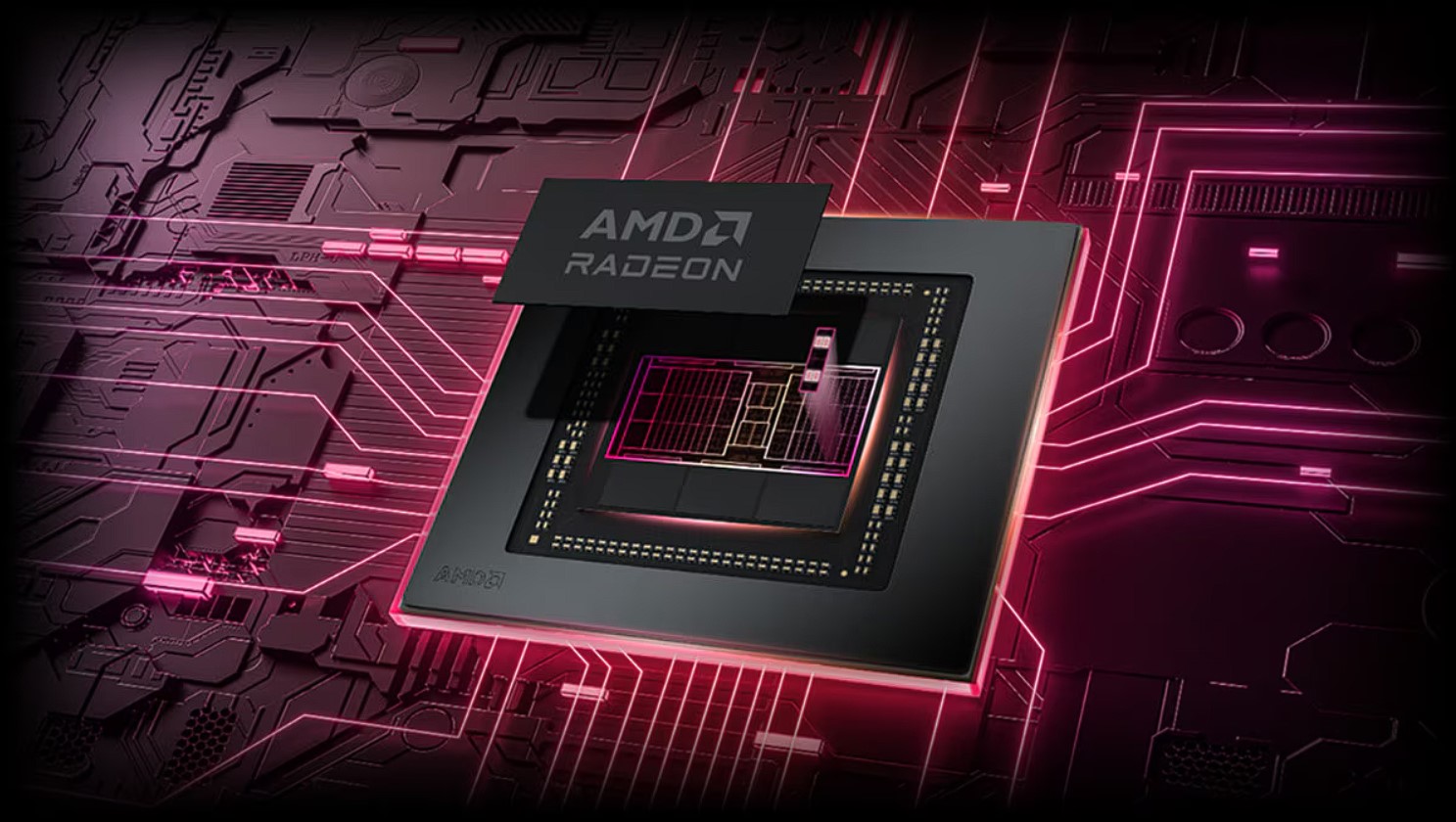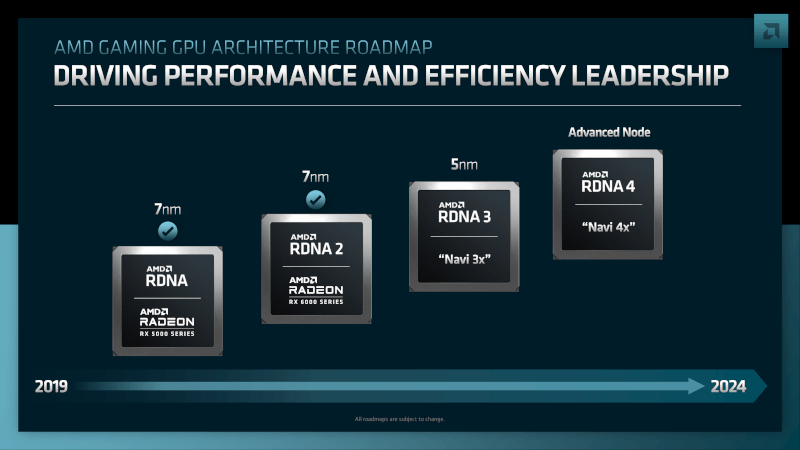AMD switches to RDNA 4 gaming GPUs

AMD has reportedly chosen to focus on its next-generation RDNA 4 gaming graphics cards instead of launching more RDNA 3 products, such as the recently rumored entry-level products.
A few days ago it was reported that we might see the launch of two brand new RDNA 3 graphics cards, the Radeon RX 7400 and the Radeon RX 7300. Both of these products would use Navi 33 chips and were designed for entry-level markets. But according to new information from Benchlife, it seems those plans have been scrapped.
"Radeon RX 7400 and RX 7300 are currently not on the development list of any of AMD's AIB partners. This is a fact we know. As mentioned earlier, everyone is currently busy with the next generation of Radeon graphics cards based on the RDNA 4 GPU - the architecture." commented Benchlife based on their sources.
According to sources (citing industry sources), none of AMD's AIB partners are currently developing new RDNA 3 graphics cards, especially not the Radeon RX 7400 and RX 7300. These products may have been on the production list a while ago, but the plans has changed and AMD's AIBs are now focusing on the next generation graphics architecture which is RDNA 4.
AIB stands for Add-in Board and AIB partners are manufacturers such as ASUS. MSI or Gigabyte that produce cards based on AMD's GPU Chips.

Given that AIBs usually launch products to hit the broad consumer market, there is a possibility that we might see some OEMs take these orders for the pre-built PCs, but other than that, there won't be a lot of buzz around RDNA 3.
Forums mention that everyone (AMD AIBs and AMD itself) is currently focusing on the next generation Radeon gaming graphics cards based on the RDNA 4 GPU architecture. Earlier rumors indicated that AMD plans to launch their RDNA 4 graphics cards, presumably the Radeon RX 8000 series, by Q1 2025.
Therefore, we can expect an announcement at CES 2025 and a launch in the coming months after that. AMD's RDNA 4 graphics card will come in two main variants, Navi 48 and Navi 44.
Navi 48 will be the high-end chip, while Navi 44 will be the mainstream chip. The lineup also included an enthusiast chip, but that too was scrapped (Navi 4C/4X). According to the same rumors, the Navi 48 graphics cards will match the Navi 31 GPU silicon in terms of performance, while they will be priced in the $400-$500 range.
AMD's last major launch was the Radeon RX 7600 XT, which was not well received. The RX 7800 XT and RX 7700 XT before it received a lukewarm reception, but the recent price cuts have made them more competitive against NVIDIA's offerings.
2024 has been a lackluster year in terms of Radeon GPU launches, with NVIDIA kicking things off with its "Ada" SUPER series earlier this year. The big updates for the Radeon team have been on the software side, laying the foundations for the next generation RDNA 4 graphics cards.
We will have to wait and see if AMD can make a turnaround with its future products as the Radeon Gaming division is not doing so well at the moment.
Latest graphics card
-
20 Margraphics card
-
13 Jangraphics card
ASRock B580 Steel Legend
-
07 Jangraphics card
ASUS showcases new AMD RX 9700 graphics cards
-
07 Jangraphics card
ASUS ready with large selection of RTX 50 graphics
-
07 Jangraphics card
Nvidia Reflex 2 reduces gaming latency
-
07 Jangraphics card
Nvidia launches DLSS 4 with the new RTX 50 series
-
07 Jangraphics card
Nvidia RTX 50 series is ready
-
07 Jangraphics card
Nvidia launches RTX 5090 at CES
Most read graphics card
Latest graphics card
-
20 Margraphics card
ASRock RX 9070 Steel Legend
-
13 Jangraphics card
ASRock B580 Steel Legend
-
07 Jangraphics card
ASUS showcases new AMD RX 9700 graphics cards
-
07 Jangraphics card
ASUS ready with large selection of RTX 50 graphics
-
07 Jangraphics card
Nvidia Reflex 2 reduces gaming latency
-
07 Jangraphics card
Nvidia launches DLSS 4 with the new RTX 50 series
-
07 Jangraphics card
Nvidia RTX 50 series is ready
-
07 Jangraphics card
Nvidia launches RTX 5090 at CES






